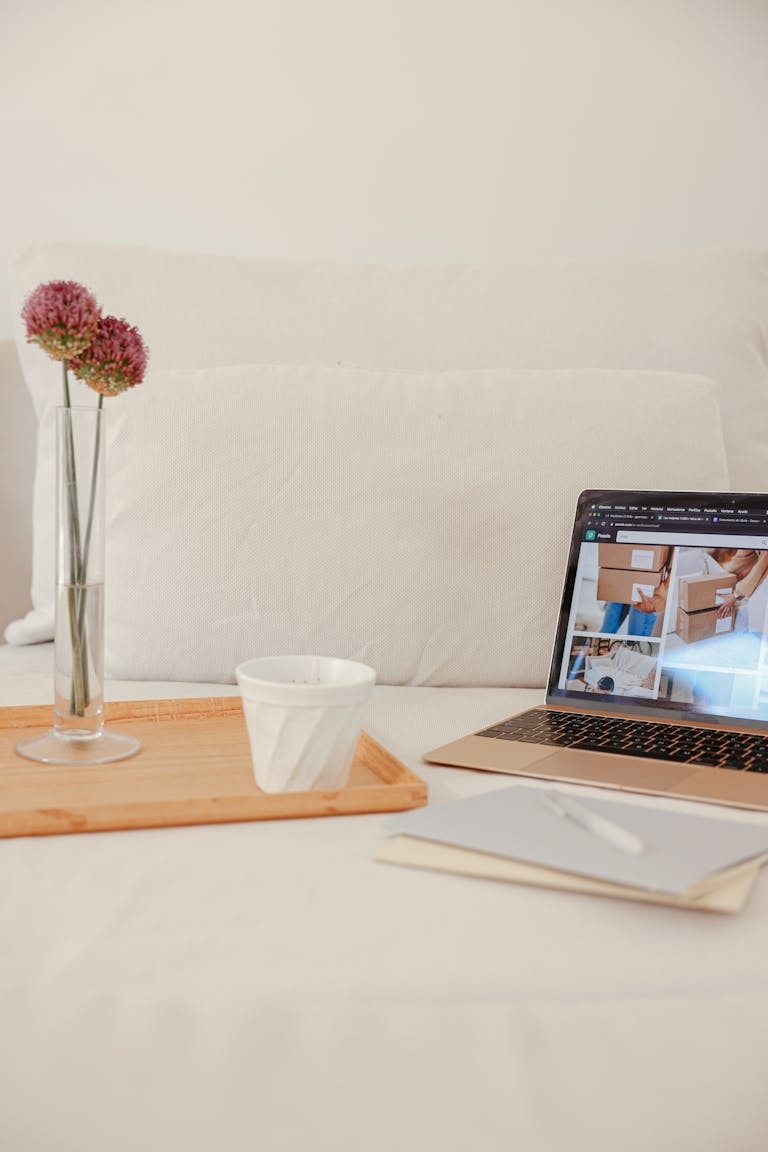In the digital age, achieving work-life balance can feel like an impossible challenge. With constant connectivity, work emails and notifications invade our personal time, leaving little room for relaxation and self-care. However, maintaining a healthy balance between work and personal life is crucial for both mental and physical well-being. In this article, we’ll explore practical strategies to help you reclaim your time, set boundaries, and prioritize your personal life without sacrificing your career.

1. Set Clear Boundaries Between Work and Personal Life
The line between work and personal life has become increasingly blurred, especially with remote work and digital devices making it possible to be “on” at all hours. Setting clear boundaries is essential to maintaining a work-life balance.
1.1 Create a Designated Work Space
If you’re working from home, establish a specific area dedicated solely to work. This will help signal to your brain that it’s time to focus when you’re in that space, and when you leave it, you can shift into personal time.
1.2 Set Work Hours and Stick to Them
Establish a set schedule for your workday, including start and end times. When your work hours are over, turn off your computer and phone notifications. This helps prevent work from spilling over into your personal time and ensures you can fully disconnect.
2. Use Technology to Your Advantage
While technology can contribute to work-life imbalance, it can also be a valuable tool in helping you maintain that balance. Use apps and tools designed to support time management and reduce distractions.
2.1 Time Management Apps
Apps like RescueTime or Toggl can help you track your work hours and productivity, allowing you to identify when you’re overworking and when it’s time to take a break.
2.2 Digital Well-Being Features
Most smartphones now have built-in digital well-being features that allow you to set limits on screen time, turn off notifications, and block distracting apps. Make use of these features to maintain a healthy relationship with your devices.
3. Prioritize Self-Care and Mental Health
Work-life balance isn’t just about managing your time; it’s about taking care of your mind and body. Prioritizing self-care is essential for maintaining a sustainable work-life balance.
3.1 Schedule Time for Hobbies and Interests
Make sure you’re carving out time for activities that you enjoy and that recharge you. Whether it’s reading, exercising, or pursuing a creative hobby, taking time for yourself is vital for preventing burnout.
3.2 Mindfulness and Stress-Relief Techniques
Incorporating mindfulness exercises such as meditation, deep breathing, or journaling can help you manage stress and stay present. These techniques will not only improve your well-being but also boost your productivity when you’re working.
4. Communicate Your Boundaries Effectively
One of the most important aspects of achieving work-life balance is ensuring that others respect your boundaries, whether they’re colleagues, clients, or family members.
4.1 Be Transparent with Your Employer or Team
If your work schedule or workload is becoming overwhelming, it’s important to communicate with your employer or manager. Be clear about your availability and discuss the possibility of adjusting your responsibilities to create a more manageable workload.
4.2 Set Expectations with Family and Friends
Let your loved ones know when you’re available for personal time and when you need to focus on work. Setting these expectations helps prevent conflicts and ensures that both work and personal time are respected.
5. Learn to Say No
In a world that constantly demands more, it’s important to learn the art of saying no. Overcommitting to additional tasks or social events can quickly derail your work-life balance.
5.1 Assess Your Priorities
Before agreeing to a new project or attending a social gathering, take a moment to assess whether it aligns with your priorities. If it doesn’t, politely decline and protect your time for activities that matter most.
5.2 Delegate When Possible
If you find yourself overwhelmed with tasks, consider delegating responsibilities to others. Whether it’s at work or home, sharing the load can help you maintain balance and prevent stress from accumulating.
6. Embrace Flexibility
While setting boundaries is important, flexibility is also key to maintaining work-life balance. Life is unpredictable, and there will be times when you need to adjust your plans or work outside of regular hours.
6.1 Allow for Downtime When Necessary
If you’ve been working hard and feel burnt out, don’t be afraid to take a mental health day or break. It’s okay to step back and recharge when needed. This will help you return to work with renewed energy and focus.
6.2 Use Flexible Work Arrangements
If your job allows it, take advantage of flexible work hours or remote work options. This flexibility can help you better balance family responsibilities, personal time, and work obligations.
Q: How can I stop feeling guilty about taking time off from work?
A: It’s important to remember that taking time off is essential for your health and productivity. Time to recharge helps you avoid burnout and come back more focused and effective.
Q: What are some quick ways to relieve stress during the workday?
A: Take a few deep breaths, go for a short walk, or listen to calming music. Even a few minutes of relaxation can help reduce stress and improve focus.
Q: How can I balance work and personal time while working remotely?
A: Set clear boundaries by designating a specific work area and establishing set work hours. Communicate your availability to both colleagues and family members, and make time for yourself outside of work.
Are you struggling with work-life balance in the digital age? Start implementing these strategies today to reclaim your time, reduce stress, and focus on what truly matters. Prioritize your well-being, set boundaries, and embrace flexibility for a healthier, more balanced lifestyle.

I’m EKBAL HOSSAIN MONDAL, the creator of SmartSolveTips.com — a blog dedicated to helping people improve productivity, avoid digital burnout, and live better online. With years of hands-on experience in self-development and digital wellness, I write practical tips and tools to help you stay focused and thrive in a fast-paced digital world.






